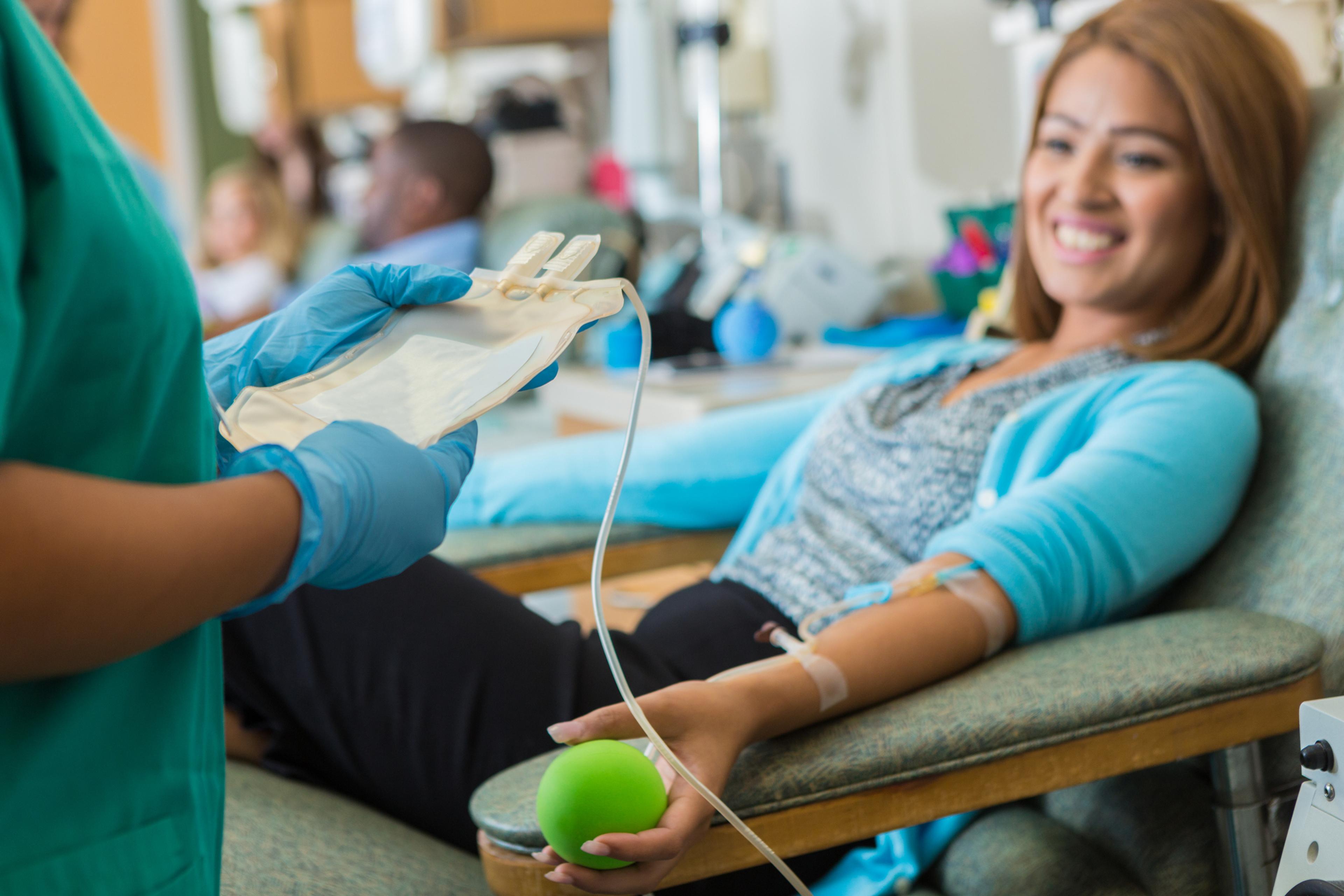High Intensity Drinking Increases During the Holidays. Gift Yourself Good Health this Year by Reducing Your Alcohol Intake
Jake Newby
| 4 min read

There are plenty of opportunities to go overboard with alcohol and consume too much of it during the holidays. And recent statistics show Americans often take those opportunities.
The Addiction Center states that the average American drinks 27% more during the holiday season compared to the rest of the year. The Distilled Spirits Council of the United States notes that a quarter of the $49-billion-a-year distilled spirits industry’s profits come from the month between Thanksgiving and the New Year.
A separate survey conducted by the American Addiction Centers found that 47% of men and 40% of women admitted to binge drinking on New Year’s Eve. New Year’s Day is the deadliest day for alcohol-related crashes, according to the Addiction Center, with 58% of crashes being alcohol-related, according to the U.S. Department of Transportation and the National Highway Traffic Safety Administration.
It's important to recognize the risks of increased alcohol consumption during the holidays as we approach them so we can take steps to curb that behavior and make for a happier, healthier holiday season.
What is high-intensity drinking?
High-intensity drinking may not be a household term for many, but it’s a habit we often indulge in during the holidays.
Binge drinking is defined as having at least four drinks in a row for women or five drinks in a row for men. High-intensity drinking occurs when someone doubles that threshold and consumes eight to 10 drinks or more in one sitting. The more alcohol a person drinks, the more likely they are to experience consequences like:
- Alcohol poisoning and emergency medical attention
- Accidents/injuries
- Hangovers
- Impaired decision-making
According to the University of Michigan’s Institute for Social Research, young adults who engage in high-intensity drinking are at an increased risk for having symptoms of alcohol use disorder in their mid-30s. UM’s Institute for Social Research states that the following individuals are at risk for high-intensity drinking:
- Men age 21-22 and women age 25-26
- Individuals experiencing symptoms of depression
- Individuals who smoke cigarettes or use illicit drugs
- People with a biological parent or sibling who has a history of drinking problems
Studies have found that while high intensity drinking most often revolves around college students and college activities, it’s a habit that intensifies during the holidays.
What is intermittent sobriety? Exploring sober curiosity during the holidays
You’ve probably heard of dry January and sober October. These relatively new health-conscious social movements were launched to curb typical drinking habits, especially in social settings where alcohol is the norm. They are part of a larger Sober Curious movement, popularized and driven by members of Gen Z.
Another developing drinking term under the Sober Curious umbrella is known as intermittent sobriety. If you’ve heard of the intermittent fasting diet, you can probably guess what this trend entails – practicing recurring periods of abstinence from alcohol. It essentially comes down to treating drinking like a once-in-a-while treat than a habit we indulge in multiple times a week.
Abstaining from alcohol altogether is the option experts prefer as no level of alcohol consumption is safe for our health. But reducing your alcohol intake –especially if you are a moderate to heavy drinker – is never a bad thing. Taking the intermittent sobriety approach allows you to do that.
According to the Centers of Disease Control and Prevention (CDC), drinking less alcohol can help:
- Improve how you feel.
- Improve your judgment, decision-making, and coordination.
- Improve your relationships with family and friends.
Additionally, the CDC states that reduced alcohol intake can lower your risk of:
- Injuries and overdoses.
- Health conditions, such as cancer and heart and liver disease.
- Mental health conditions, including depression and anxiety.
- Memory problems, including dementia.
- Learning problems.
If intermittent sobriety sounds like something you’d like to try, consider being transparent about your intentions to friends and family. Let those around you know that you may only have a few drinks this holiday season. It may lower social pressure to drink. You can also try:
- Replacing time spent drinking with a healthier habit, like exercise or games.
- Replacing alcoholic drinks with other drinks like sparkling waters, festive holiday drinks such as hot chocolate or zero-proof non-alcoholic drinks and mocktails, such as this sparling pear mocktail.
- Taking a break from social settings that may increase the temptation to drink.
- Taking notes of the physical and mental changes you feel during periods of abstinence.
If you’d like to focus on other strategies to help keep your mind off drinking or avoid it altogether this holiday season, check out these tips.
Read more from MI Blue Daily:
Photo credit: Getty Images





